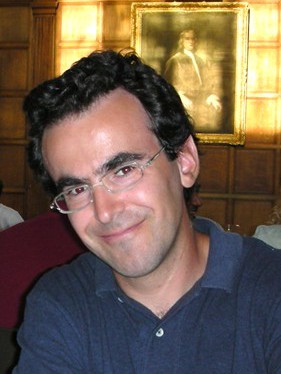resumo
The continuous decrease on the geometric size of electronic devices and integrated circuits generates higher local power densities and localized heating problems that cannot be characterized by conventional thermographic techniques. Here, a self-referencing intensity-based molecular thermometer involving a di-ureasil organic-inorganic hybrid thin film co-doped with Eu3+ and Tb3+ tris (3-diketonate) chelates is used to obtain the temperature map of a FR4 printed wiring board with spatio-temporal resolutions of 0.42 mu m/4.8 ms.
categoria
Chemistry
autores
Brites, CDS; Lima, PP; Silva, NJO; Millan, A; Amaral, VS; Palacio, F; Carlos, LD
nossos autores
Grupos
1 - Nanomateriais inorgânicos funcionais e híbridos orgânico-inorgânico
2 - nanoestruturas e cerâmicos ferróicos multifuncionais
Projectos
Centre for Research in Ceramics and Composite Materials - CICECO (LA0011: 2011-2012) (PEst-C/CTM/LA0011/2011)
Organic-inorganic hybrids with enhanced light-emitting properties for the new generation of optical communications (PTDC/CTM/101324/2008)
Facing the challenges of characterizing novel thermal materials and processes (Heat@UA) (RECI/CTM-CER/0336/2012)
agradecimentos
We acknowledge Fundacao para a Ciencia e a Tecnologia (FCT, Portugal), COMPETE and FEDER programs (Pest-C/CTM/LA0011/2011, PTDC/CTM/101324/2008, RECI/CTM-CER/0336/2012) and Integrated Spanish-Portuguese Action PT2009-0131 for financial support. The work in Zaragoza has been supported by the grants MAT2011-25991 and CONSOLIDER CSD2007-00010 from the Ministry of Economy and Competitivity. Carlos D. S. Brites (SFRH/BPD/89003/2012) and Patricia P. Lima (SFRH/BPD/34365/2006) thank FCT for grants. Nuno J. O. Silva acknowledges FCT for Ciencia 2008 program.





